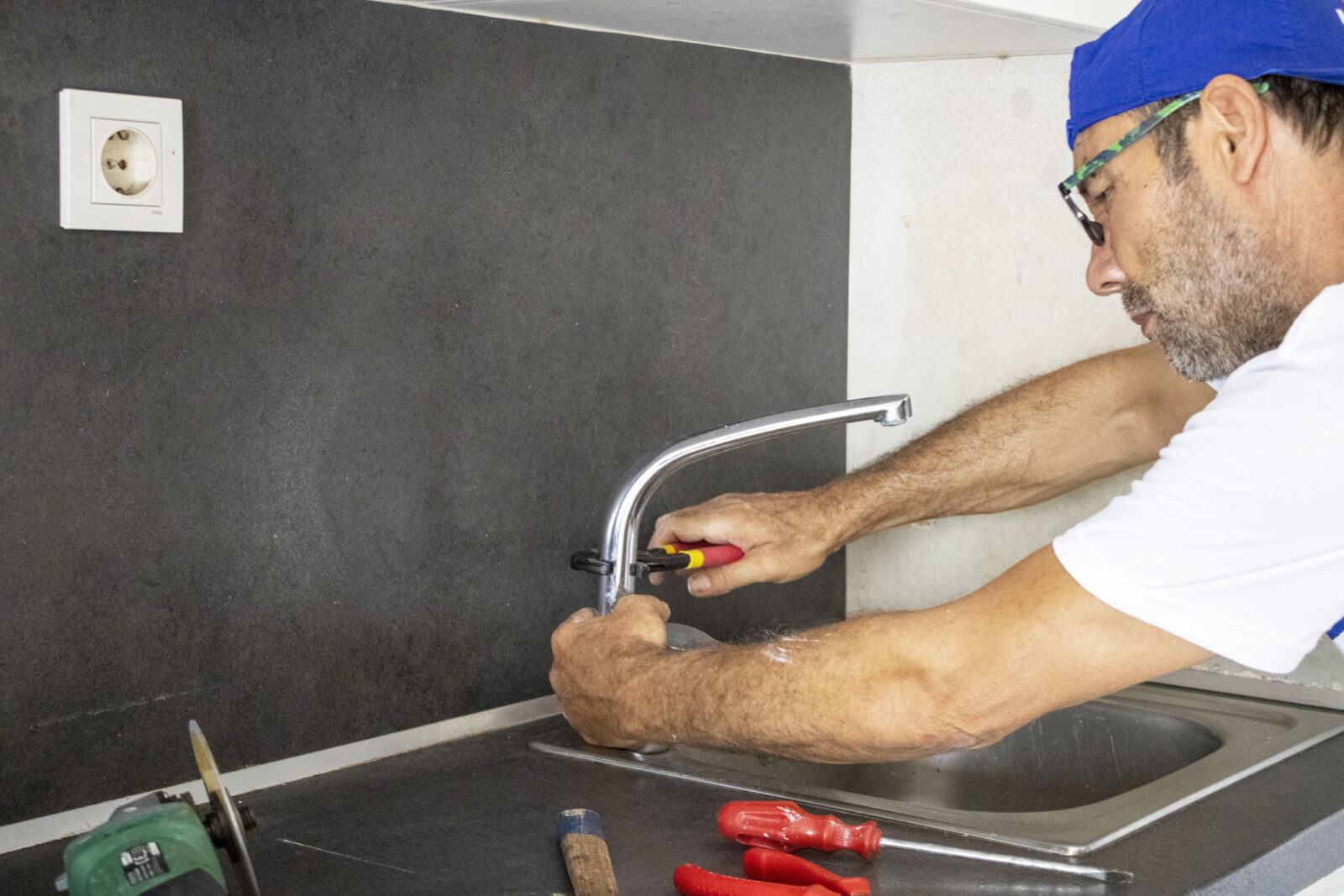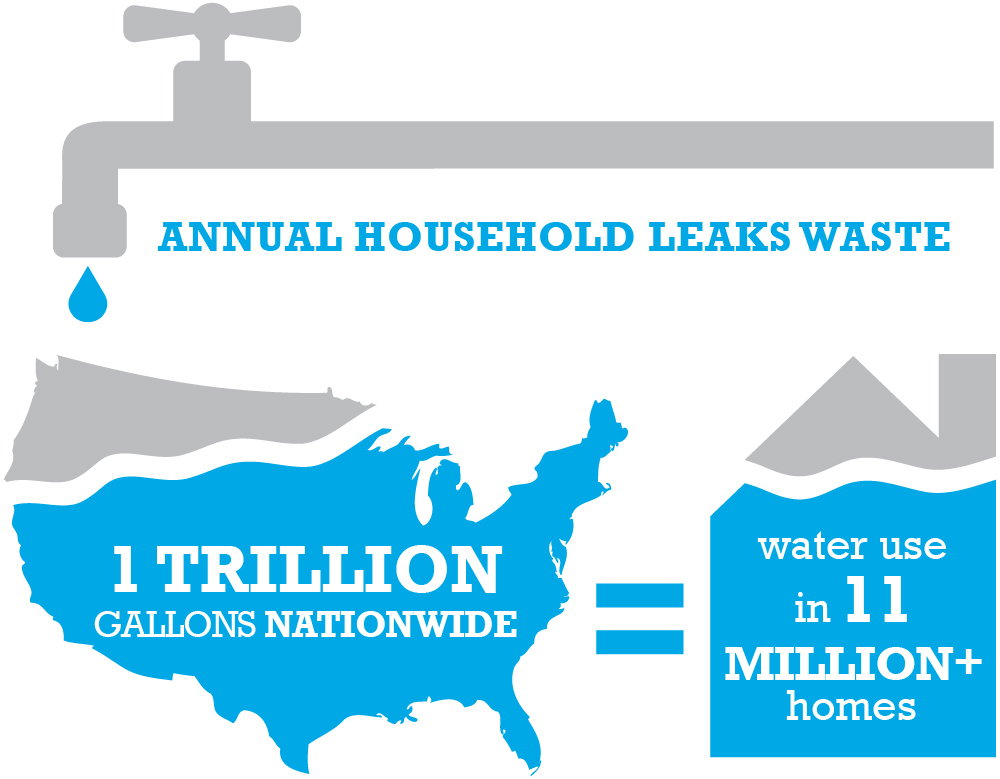Time to Track Down Those Costly Drips — It’s Fix a Leak Week!
 March 18, 2024
March 18, 2024It’s time for one of our favorite events of the year — the EPA WaterSense annual Fix a Leak Week! Join us as we share tips for finding and fixing household leaks that are wasting water and costing you money.
Did you know household leaks can waste nearly 1 trillion gallons of water annually nationwide?
In your home, a dripping faucet can waste about 3,000 gallons of water a year; a leaky toilet can waste up to 200 gallons of water every day!
That’s why, every March, we set aside time to draw awareness to finding and fixing leaks during Fix a Leak Week, which is March 18-24th this year.

An Expensive Problem
The EPA says the average household’s leaks can account for nearly 10,000 gallons of water (enough to wash about 270 loads of laundry) wasted every year. And ten percent of homes have leaks that waste 90 gallons or more per day — or almost 30,000 gallons a year. That’s a lot of wasted water (and money).
In fact, household leaks can waste nearly 1 trillion gallons of water annually nationwide, so each year we encourage everyone to hunt down the drips during Fix a Leak Week.
“LCA is proud to be an EPA WaterSense program partner, sharing messages about water conservation, WaterSense-certified products, and smart water use,” says Susan Sampson, LCA’s communications manager.
Simple Solutions
The good news is, it’s usually simple to fix leaks. Better yet, the fixes will pay for themselves in savings. Not sure if you’re losing water, or where a leak is coming from? Here are some helpful tips from the EPA:
- Take a look at your water usage during a colder month, such as January or February. If a family of four exceeds 12,000 gallons per month, there are serious leaks. “It is important to monitor average water consumption, which is shown on your quarterly billing statement,” Sampson says. “Look for sudden spikes in water consumption and bill amount due. Most likely, when this happens, a leak is lurking.”
- Check your water meter before and after a two-hour period when no water is being used. If the meter changes at all, you probably have a leak.
- Identify toilet leaks by placing a drop of food coloring in the toilet tank. If any color shows up in the bowl after 10 minutes, you have a leak. (Be sure to flush immediately after the experiment to avoid staining the tank.)
- Examine faucet gaskets and pipe fittings for any water on the outside of the pipe to check for surface leaks.
One last point: Even if an older faucet, toilet or shower isn’t leaking, consider replacing it with an EPA-approved WaterSense product. You’ll start conserving water immediately, and will save money in the long run.
Ready to get started fixing leaks around the house? Click here for a handy, downloadable checklist. And for even more tips and tricks on finding — and repairing — water woes around the house, check out the EPA’s Fix A Leak Week website.
“Follow along throughout the week as we share more ways to find and fix leaks,” Sampson says.